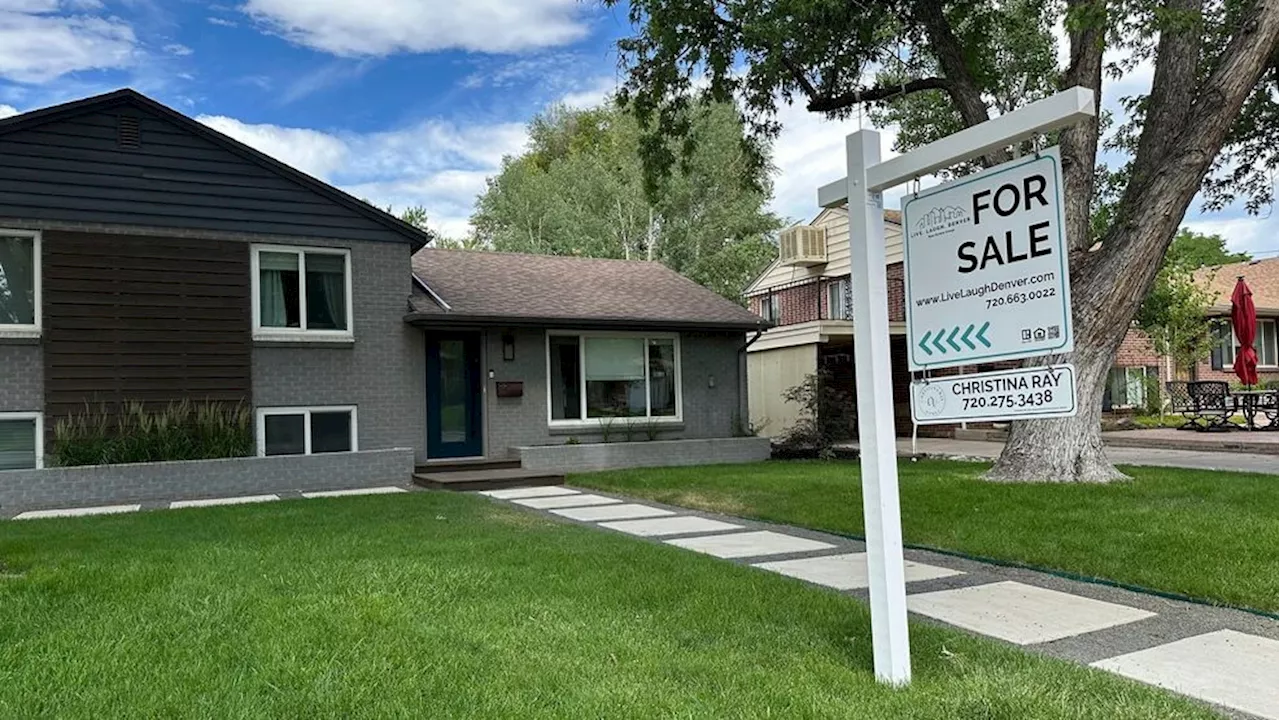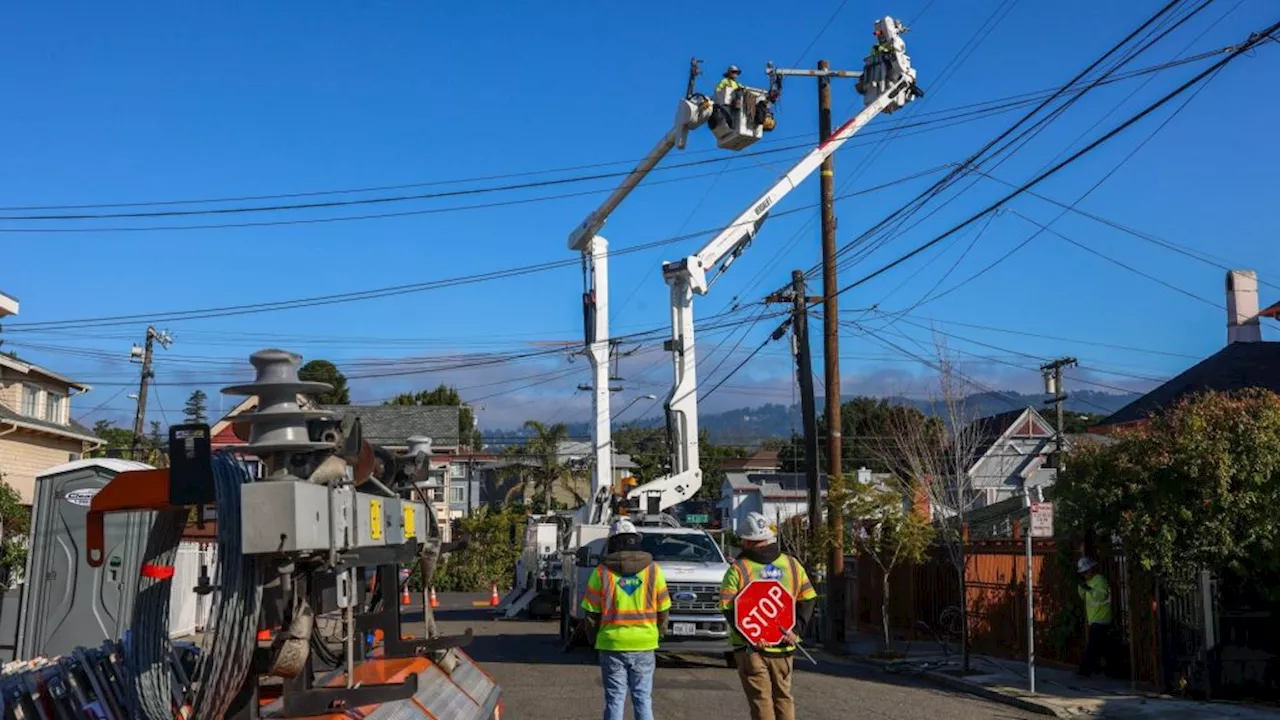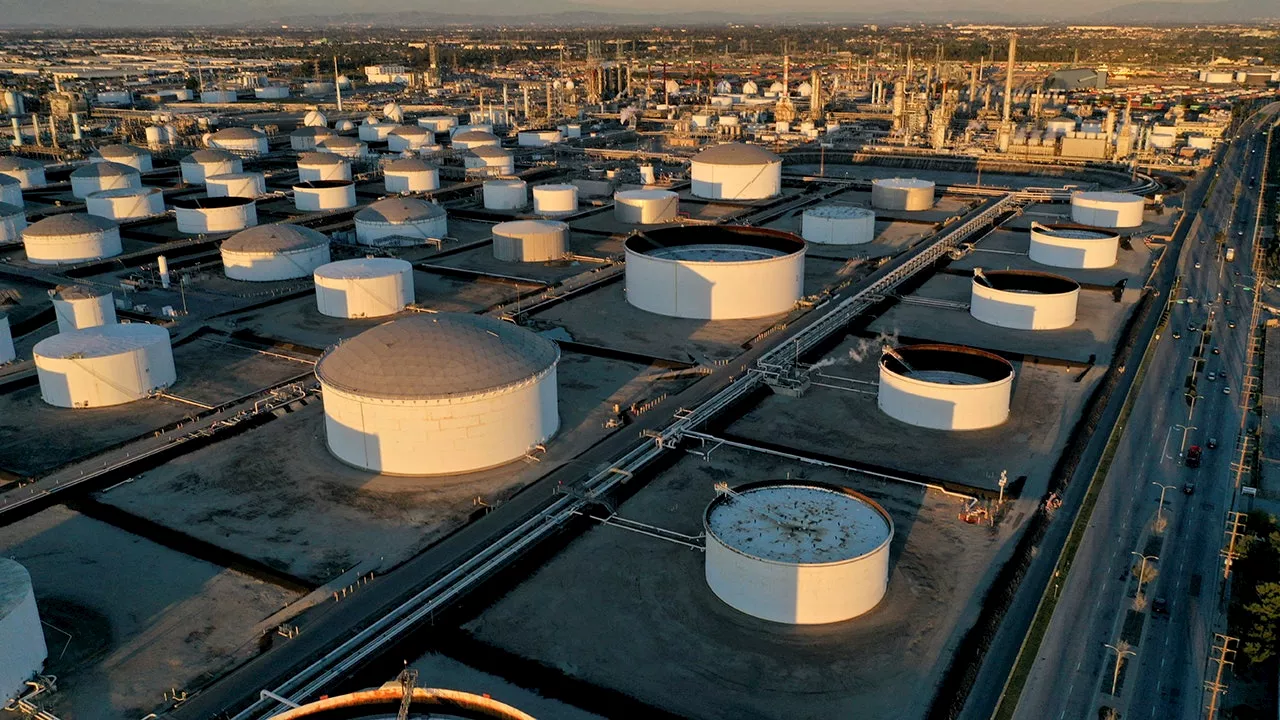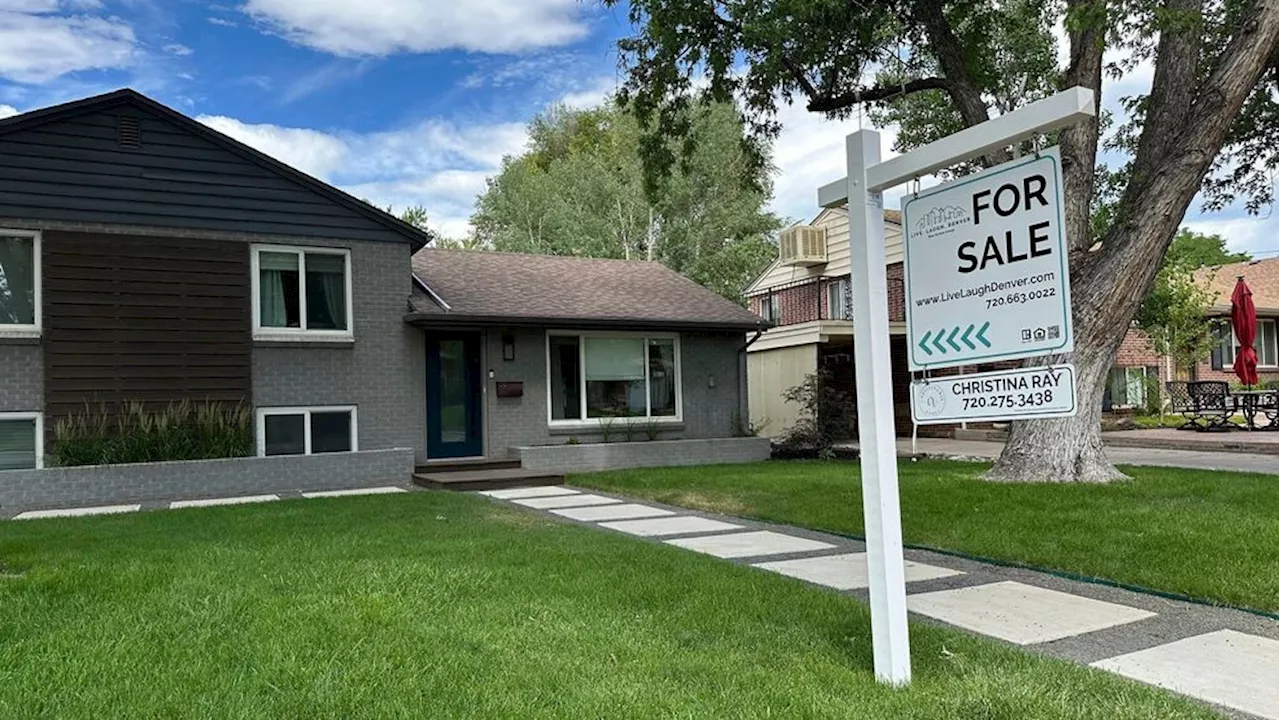New federal energy efficiency rules are facing legal challenges, with critics arguing they will significantly increase the cost of new homes and exacerbate an already severe housing shortage.
The housing market is already strained, with the median sales price of a home reaching nearly insurmountable levels for many Americans. Now, new federal energy efficiency rules threaten to exacerbate the affordability crisis. The National Association of Home Builders (NAHB) and 15 Republican-led state attorneys general have filed a lawsuit challenging these rules, arguing they will significantly increase the cost of a new home.
While the goal of the regulations is to reduce utility costs and benefit the environment by requiring better insulation, tighter air sealing, energy-efficient windows, mandatory ventilation systems, and efficient lighting, opponents contend these changes come with a steep price tag that will disproportionately impact low-income buyers, effectively shutting them out of the market. Critics also warn that the rules will discourage builders from constructing new homes, deepening an already acute housing shortage that has plagued the nation.The Brookings Institution, a D.C.-based think tank, analyzed data from 2023 and found the gap between housing supply and demand has widened significantly since the mid-2000s. Their estimates, based on household sizes, housing costs, and demographic trends, underscore the urgency of addressing this shortage. Adding to the pressure on homebuyers is the persistent high cost of mortgages. Despite recent interest rate cuts by the Federal Reserve, mortgage rates have remained stubbornly high. Rates for a 30-year fixed mortgage surpassed 7% last week, the highest since May of last year. Experts explain that broader economic factors are at play, making it difficult to bring mortgage rates down considerably.While mortgage rates today are higher than they were during recent years—such as 2020 and 2021 when they hovered around record lows—they are relatively moderate in a historical context. In 1984, for example, the average 30-year mortgage rate was close to 14%. Back then, home prices were significantly lower, averaging $97,000. Median family incomes were $26,000, and the overall cost of living was much lower, according to the Department of Housing and Urban Development and Bureau of Labor Statistics. While the market today is vastly different, the combination of high home prices and elevated mortgage rates continues to challenge buyers, keeping affordability a distant dream for many
Housing Affordability Energy Efficiency Mortgage Rates Homebuilding Housing Shortage
United States Latest News, United States Headlines
Similar News:You can also read news stories similar to this one that we have collected from other news sources.
 New Energy Efficiency Rules Could Push Home Prices Even HigherProposed federal energy efficiency rules aimed at improving home insulation and appliances could drive up the cost of new homes, exacerbating affordability issues for many Americans. Critics argue the added expenses will disproportionately impact low-income buyers and worsen an already existing housing shortage.
New Energy Efficiency Rules Could Push Home Prices Even HigherProposed federal energy efficiency rules aimed at improving home insulation and appliances could drive up the cost of new homes, exacerbating affordability issues for many Americans. Critics argue the added expenses will disproportionately impact low-income buyers and worsen an already existing housing shortage.
Read more »
 High-Performance Self-Charging Supercapacitor Stores Solar Energy EfficientlyResearchers have developed a groundbreaking self-charging energy storage supercapacitor that captures and stores solar energy effectively. This innovative technology combines supercapacitors and solar cells, utilizing composite materials with nickel-based carbonates and hydroxides, along with transition metal ions for enhanced conductivity and stability. The supercapacitor demonstrates remarkable energy density (35.5 Wh kg⁻¹) and power density (2555.6 W kg⁻¹), allowing for rapid energy delivery and minimizing performance degradation over numerous charge-discharge cycles. The system achieves a 63% energy storage efficiency and an overall efficiency of 5.17%.
High-Performance Self-Charging Supercapacitor Stores Solar Energy EfficientlyResearchers have developed a groundbreaking self-charging energy storage supercapacitor that captures and stores solar energy effectively. This innovative technology combines supercapacitors and solar cells, utilizing composite materials with nickel-based carbonates and hydroxides, along with transition metal ions for enhanced conductivity and stability. The supercapacitor demonstrates remarkable energy density (35.5 Wh kg⁻¹) and power density (2555.6 W kg⁻¹), allowing for rapid energy delivery and minimizing performance degradation over numerous charge-discharge cycles. The system achieves a 63% energy storage efficiency and an overall efficiency of 5.17%.
Read more »
 Bat Migration: 'Surfing' Storm Fronts for Energy EfficiencyA new study reveals how bats utilize warm storm fronts to aid in their long-distance migration, potentially saving energy and optimizing their journey.
Bat Migration: 'Surfing' Storm Fronts for Energy EfficiencyA new study reveals how bats utilize warm storm fronts to aid in their long-distance migration, potentially saving energy and optimizing their journey.
Read more »
 Energy Efficiency: A Win for Property Owners and the EnvironmentThis article highlights the benefits of energy and water efficiency for property owners, emphasizing cost savings, increased property value, and environmental impact. It explores various resources available to assist owners in upgrading their properties, including rebates, grants, and energy audits.
Energy Efficiency: A Win for Property Owners and the EnvironmentThis article highlights the benefits of energy and water efficiency for property owners, emphasizing cost savings, increased property value, and environmental impact. It explores various resources available to assist owners in upgrading their properties, including rebates, grants, and energy audits.
Read more »
 Soaring Electricity Bills Threaten California's Green Energy GoalsA new report reveals that high electricity rates in California, among the highest in the nation, could hinder the state's efforts to transition to clean energy. Utility charges are significantly higher than the national average, putting a strain on residents, especially those with lower incomes or living in hotter regions.
Soaring Electricity Bills Threaten California's Green Energy GoalsA new report reveals that high electricity rates in California, among the highest in the nation, could hinder the state's efforts to transition to clean energy. Utility charges are significantly higher than the national average, putting a strain on residents, especially those with lower incomes or living in hotter regions.
Read more »
 California Wildfires Threaten Energy Supply Beyond StateUncontrolled wildfires in California could disrupt energy flow nationwide. While refineries are not directly threatened, nearby pipeline shutdowns could impact crude oil, gasoline, diesel, and natural gas supplies to California and other states. The five Los Angeles area refineries, handling 60% of California's refining capacity and 40% of the West Coast's, could face reduced operating rates due to inventory buildups.
California Wildfires Threaten Energy Supply Beyond StateUncontrolled wildfires in California could disrupt energy flow nationwide. While refineries are not directly threatened, nearby pipeline shutdowns could impact crude oil, gasoline, diesel, and natural gas supplies to California and other states. The five Los Angeles area refineries, handling 60% of California's refining capacity and 40% of the West Coast's, could face reduced operating rates due to inventory buildups.
Read more »
